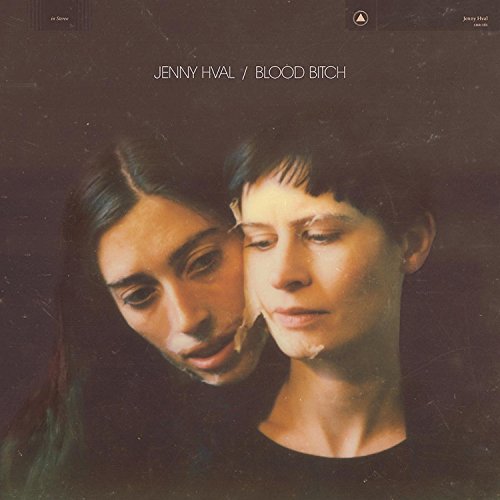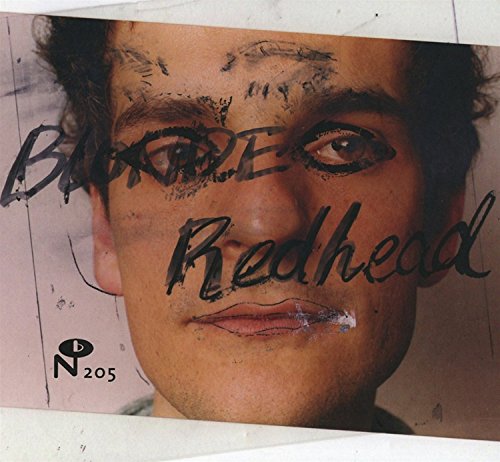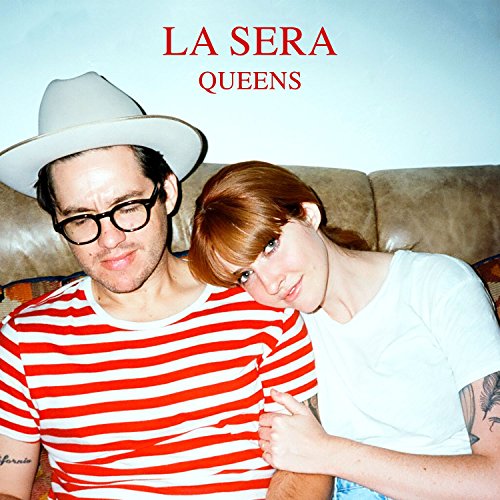We're Going Places: The Rock and Roll Hall of Fame
A proud Ohioan told me - on discovering my plans to visit to the Rock and Roll Hall of Fame in Cleveland - that there are more Halls of Fame in Ohio than any other state, as if they were some natural phenomenon. He, it should be noted, lived in the shadow of the Pro Football Hall of Fame, which rises out of the trees at the side of the Interstate like an enormous lemon squeezer, so it's prossible he does think of them in that way. Perhaps it just makes it easier to live in a state which is carving a niche as a nostalgia landfill if you pretend. Cleveland, for those of you who've never had the pleasure, is America's Hull: gorgeous turn-of-the-last-century architecture as testament to a glorious, wealthy past housing store proclaiming their willingness to take welfare cheques as a reminder of a more recent hard times; a vibrant downtown and signs of gentrification trickling outwards to the suburbs.
Cleveland, for those of you who've never had the pleasure, is America's Hull: gorgeous turn-of-the-last-century architecture as testament to a glorious, wealthy past housing store proclaiming their willingness to take welfare cheques as a reminder of a more recent hard times; a vibrant downtown and signs of gentrification trickling outwards to the suburbs.
The Hall of Fame is part of a manifestation of the familiar arts-as-motor-of-regeneration approach that councils all over the Western world reach for; Cleveland is keen to brand itself as the birthplace of rock and roll on the basis that Alan Freed (supposedly) coined the phrase on radio in the city. Presumably other cities - Memphis, Detroit, perhaps - would beg to differ over this qualification if they didn't have other claims on which to base their musical history.
It's a brave city which builds its economy on something which a former dj said - as that place which lost all the money on Noel Edmond's Mr Blobbyland found out to its cost - but Cleveland has thrown its heart into the rock thing, inviting businesses to sponsor enormous guitars which fan out from the front of the museum into the city proper. That it's corporate sponsored pretty much says it all - it's that sort of rock. The Hall itself is a pretty impressive building, like something from the early days of a computer-generated pop video; all angles and reflection.
The Hall itself is a pretty impressive building, like something from the early days of a computer-generated pop video; all angles and reflection.
Parked outside is Johnny Cash's tour bus; sadly, though, this has closed for the season and all you can do is peer through the window. Pretty much as if Cash was still using it.
As you go in, there's a blunt warning that - besides not taking guns in, lest you try and recreate a Phil Spector moment, presumably - you musn't take photos. To protect the artists, naturally. Somehow, sneaking a snap of Madonna's old shoes would deprive her of something.
You're also given a wristband - like you're at a rockfestival. There seems to be no reason for this; it's presumably considered to offer a vital part of the rock experience. Of course, if they really wanted to make it authentically like going to see a gig, you'd swap your coat for a raffle ticket with a bored-looking girl who - as soon as your back was turned - would go through the pockets, have sex with a support band's bassist on top of it, splash some lager over the pockets before managing to mislay it altogether.
Of course, the whole basis of the Hall of The Fame is rooted in the belief that there's a pantheon of artists in the first place - something we have fundamental problems with - but even if you accept that there is a hierarchy to be celebrated, there's still a question of who would be in, and who would be out.
The main displays don't stick strictly to inductees of the Hall, which means - perhaps surprisingly - New Order and Joy Division get a case dedicated to them; the knock-on effect of this is that there are more pictures of John Barnes in the Rock & Roll Hall of Fame than there are of Hank Williams Jr.
Some of the bigger acts come off surprisingly badly, too - the Elvis collection is clearly made up of 'stuff serious collectors haven't an interest in' and, if sheer weight of stuff is a guide, The Beatles are less significant than the Sex Pistols. The most noticeable thing, for a museum supposedly celebrating music, is how poorly the music is treated: dozens of loudspeakers blare out from different corners, creating an unpleasant cacophony in which it's virtually impossible to discern any single tune at all, much less get a feel for what was important, different, life-changing about the music. You wonder why they haven't followed the example of almost every museum ever and started giving visitors headseats that they could use to actually listen to the music on as they go round.
The most noticeable thing, for a museum supposedly celebrating music, is how poorly the music is treated: dozens of loudspeakers blare out from different corners, creating an unpleasant cacophony in which it's virtually impossible to discern any single tune at all, much less get a feel for what was important, different, life-changing about the music. You wonder why they haven't followed the example of almost every museum ever and started giving visitors headseats that they could use to actually listen to the music on as they go round.
There is a small collection of headphones fixed on the wall near the entrance with a kind of jukebox choice of tracks, but there's nothing like enough headphones, nor anything like enough songs to choose from, and they're completely divorced from the displays themselves.
But then, the overwhelming sense of the place is that its totally divorced from music. Even the parts which work - a collection of photos by Lynn Goldsmith, stage and video costumes (including Madonna's pointy bras and Bowie's clown outfit) - seem to celebrate artforms incidental to music, rather than the music itself.
Upstairs, there's a "recreation" of the Sun Studios and the sort of "evolution of recording equipment" display the Science Museum used to have in the 1980s. The whole thing is yearing to be made over: why can't I record a single in the Sun studio? You know, knock out a one-off track like Elvis did all those years ago when he got discovered? Even the CNN shop in New York lets kids have a chance at reading the news; couldn't the R&R Hall of Fame create something a little hands on?
Then you find yourself in a room that supposedly celebrates the pop video - which it confuses with celebrating MTV, so much so that one of the key events in the evolution of the artform is, we discover, the day MTV signed a cable carriage agreement in Kenya. The bitty corporate video show is made even more pointless because it dates from the year the building opened - 1996. So not only does it miss out YouTube, it makes no mention of the internet at all.
It's all well-meaning, but very, very tame and predictable: the Sex Pistols exhibit features video of the Bill Grundy interview - but it beeps out the "fucking", which removes the whole point of having the clip, you'd have thought. But you'd have to be thoroughly cussed to not find something in all the piles of stuff which makes you go "wow..." - for me, the sight of Chrissie Hynde's jacket from the Pretenders sleeve would have made it worth the entry fee. Although we got the tickets for free with our hotel room, so that wasn't entirely difficult. A telling detail: as you go into the exhibition space, you're greeted with an enormous, wall-high picture of Tipper Gore, apparently celebrating the PRMC's war on free expression in rock. It might seem odd for a rock museum to give such prominence to Tipper, but really they were on the same side: making rock a tidy, nonthreatening, family-friendly part of the capitalist economy.
A telling detail: as you go into the exhibition space, you're greeted with an enormous, wall-high picture of Tipper Gore, apparently celebrating the PRMC's war on free expression in rock. It might seem odd for a rock museum to give such prominence to Tipper, but really they were on the same side: making rock a tidy, nonthreatening, family-friendly part of the capitalist economy.
Cleveland is well-worth a detour. The Rock and Roll Hall of Fame is worth seeing if you're there anyway. But be prepared for something more Old Record Club than Rock Valhalla.
[You might also enjoy: Visiting the National Trust's Beatles houses]









5 comments:
Truer words were never spoken: "It might seem odd for a rock museum to give such prominence to Tipper, but really they were on the same side: making rock a tidy, nonthreatening, family-friendly part of capitalist economy."
This whole article describes how I felt upon visiting the Hall of Lame.
so this is basically like a hard rock cafe that's run out of food?
Random, you're even closer than you think: there was a cafe, but you wouldn't want to eat in it...
i'm glad it's not just me that thought this was hideously out of date - no mention of any music from the last 15 years and a distinct lack of mention of anything vaguely recent, technologywise. Cleveland is a hole, and your description of it as the Hull of America is spot on!
"as you go into the exhibition space, you're greeted with an enormous, wall-high picture of Tipper Gore, apparently celebrating the PRMC's war on free expression in rock." ....I just threw up in my mouth a little.
On behalf of all Ohioans, I apologize profusely.
Post a Comment
As a general rule, posts will only be deleted if they reek of spam.